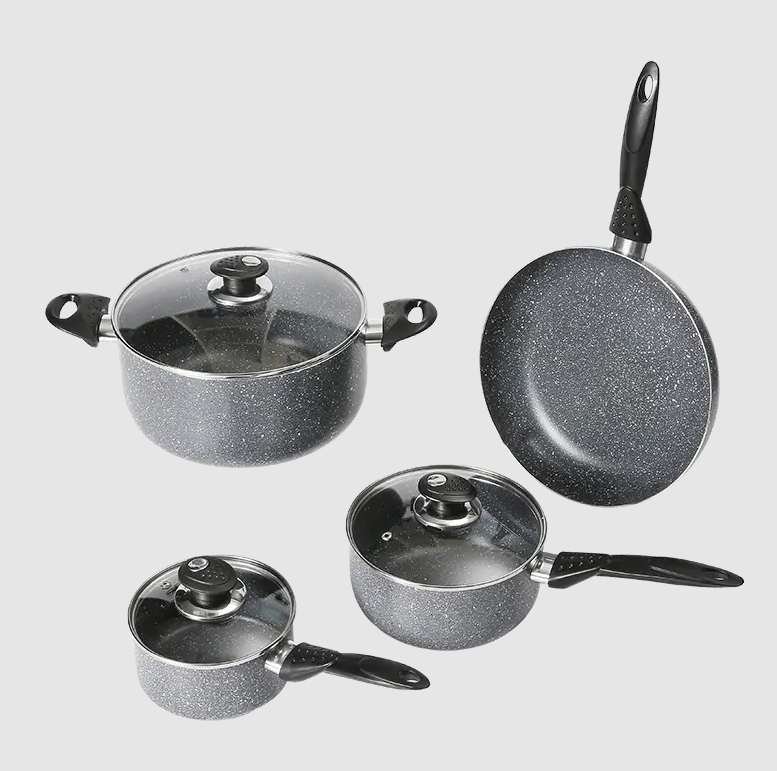When it comes to selecting cookware for long-term use, understanding the differences in durability between Pressed Cookware and cast cookware is crucial for both amateur cooks and seasoned chefs. Each manufacturing method brings unique structural qualities that directly influence how well the cookware withstands daily use, exposure to heat, and physical impact over time. Pressed Cookware is typically made by stamping a flat sheet of metal into shape under high pressure, which results in a lighter, thinner piece of cookware. In contrast, cast cookware is formed by pouring molten metal into a mold, creating a thicker and denser product.
From a durability standpoint, cast cookware—especially cast iron or cast aluminum—is often considered superior due to its robust construction and substantial weight. This added mass contributes to heat retention and resistance to warping under high heat. Cast pieces are less prone to denting or deforming if dropped or subjected to intense cooking conditions. Many cast cookware items are passed down through generations, which speaks to their exceptional lifespan when properly maintained.
Pressed Cookware, on the other hand, offers advantages in terms of affordability, weight, and ease of handling. It is well-suited for quick, everyday cooking and is commonly used in non-stick coated pans and lightweight saucepans. However, the thinner material used in Pressed Cookware may be more vulnerable to warping when exposed to direct high heat or sudden temperature changes, such as placing a hot pan under cold water. Additionally, its surface may degrade more quickly if the non-stick coating wears off, exposing the underlying metal to oxidation or abrasion.
Despite these limitations, advances in material engineering have significantly improved the performance of Pressed Cookware. Many modern pressed pans are made with multi-layer bonded bases or are reinforced with impact-resistant alloys to improve structural integrity. For home kitchens where speed, convenience, and budget are important, Pressed Cookware remains a practical and widely used choice.
However, when prioritizing longevity and resistance to physical and thermal stress, cast cookware generally takes the lead. The dense walls and seamless build make it ideal for tasks like searing, slow roasting, and deep frying, where consistent heat distribution and structural resilience are critical.
Ultimately, choosing between Pressed Cookware and cast cookware comes down to intended use, budget, and cooking style. While Pressed Cookware is perfectly adequate for light to moderate cooking duties and offers great value for money, cast cookware is a worthwhile investment for those seeking maximum durability and performance in more demanding kitchen environments.
Aluminum body with non-stick marble coating for easy cooking and cleaning; BPA-free
Bakelite handles stay cool during use, vented glass lids let steam escape
Spiral bottom heats evenly; compatible with gas, electric, and glass stovetops (note: not induction compatible)
Hand wash only, not dishwasher safe; please check the size of your stovetop's hobs before purchasing
Please use low to medium heat; extremely high temperatures can cause handle and coating damage
